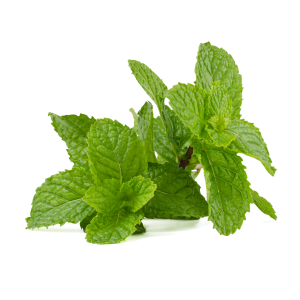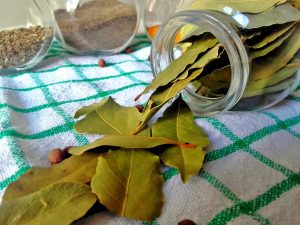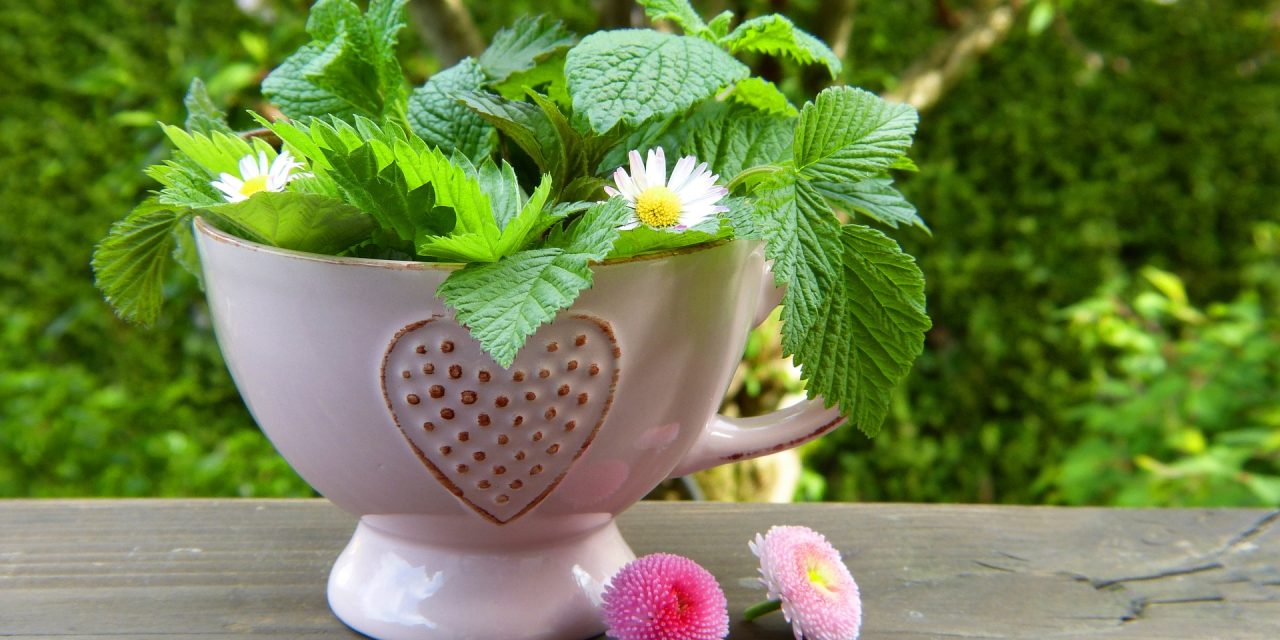Fruit trees of all kinds will grow along both sides of the river. The leaves of these trees will never turn brown and fall, and there will always be fruit on their branches. There will be a new crop every month, for they are watered by the river flowing from the Temple. The fruit will be for food and the leaves for healing.”–Ezekiel 47:12 (NLT) Medicinal plants have been used to treat diseases for centuries. In modern times, several studies have been carried out to verify their efficacy and some of the findings have led to the production of plant-based modern medicines. [1] So just what is a medicinal plant? A medicinal plant is defined as any plant species that contains substances that can be used for therapeutic purposes or as a precursors for the synthesis of new drugs. [2]The medicinal properties derived from plants can come from different parts of the plant including leaves, roots, bark, fruit, seeds, flowers. However, given our scripture verse above, our focus would be the leaves. The leaves of some plants have been used as herbal medicine for thousands of years. Leaves are known to contain a mix of vitamins, minerals, proteins and antioxidants. They are good for the heart, blood, immune system and are useful in cell repair. If you look up the International Standard Version of our anchor scripture, it states precisely that “their leaves will contain substances that promote healing." In addition, the human body easily absorbs them and responds well to theses natural treatments. There are those who think that medicinal leaves are not readily available and can only be found in far-off locations or remote villages. However, this couldn’t be further from the truth as most leafy vegetables can be found practically anywhere and are cultivated year round. As such they can be added to your meals almost any time of the year. In listing the benefits of some leafy plants it is important to note that though a number of plants have been used for therapeutic purposes over the years and seem to work, there isn’t sufficient scientific data to confirm their efficacy. So when dealing with plants that have medicinal properties, we should consider them as complements to our routine and conventional health practices and way life, and not as an end in itself. [4] Leafy vegetables with enormous health benefits that are commonly found in traditional African settings include: Scent leaves which are known as “Efirin” in Yoruba, Nchanwu in Igbo and Ganyen Kamsh in Hausa; and Vernonia amygdalina which is commonly known as “bitter-leaf”. Both groups of leaves have been suggested in the treatment of stomach upset. The leaves of the neem tree have also been found to have a lot of health benefits including the treatment of high fevers associated with a number of infections and ailments such as malaria. Other leafy vegetables with health benefits include moringa, ceylon spinach or “water leaf” and fluted pumpkin leaves commonly known as “ugu”. These vegetables are readily available and used in preparing various renowned traditional dishes. Other examples listed below are safe and can be combined perfectly with meals. The list is in no way exhaustive. 1. It has antibacterial and anti-inflammatory properties that fights viruses and infections. 2. Helps in combating stress 3. Promotes cardiovascular health 1. Promotes digestion and soothes stomach ache 2. Helps prevent acne 3. Relieves symptoms of cold and cough 4. Boosts immunity 1. Helps treat skin inflammation 2. Lowers blood cholesterol 3. Used in treatment of diarrhea 1. Helps with digestion 2. Relieves symptoms of diarrhea 3. Support heart functioning 4. Accelerates hair growth 5. Prevents and treats skin infection 1. Have anti-bacterial and anti-fungal properties 2. Support the immune system 3. Used in wound healing and treatment of a number of infections 4. Helps lower blood bad cholesterol levels Source: The Statesman. Top five Healing Leaves: Awesome Health Benefits of these Health Greens will Surprise You. In closing, to get a head start in “green” living, try familiarizing yourself with common medicinal leafy vegetables that can serve as flavorful options to salt, fat and sugar without adding excess and unwanted calories to your food. [3] Remember that “a journey of a thousand miles begins with a single step”. Do some personal research. It’s okay to try out different options and explore combinations that you aren’t familiar with as far as they are safe and healthy. As you do so, trust God for the truth of this healing scripture to become a reality in your life and be astounded by the results. God Bless! REFERENCES [1] Aboyomi S, Eyitope O and Adedeji O. The Role and Place of Medicinal Plants in the Strategies for Disease Prevention. [2] Natural Products and Drug Discovery, 2018 [3] The Statesman. Top five Healing Leaves: Awesome Health Benefits of these Health Greens will Surprise You. [4] Debra Rose Wilson. Healthline Newsletter. Nature’s 9 Most Powerful Medicinal Plants and the Science Behind Them
tts
LEAFY PLANT
BENEFITS/USES
Basil Leaves. Contains many vitamins and minerals, as well as antioxidants
Mint Leaves. These are said to contain essential oils that are rich in menthol and flavonoids.
Coriander leaves. These are a high source of dietary fiber, manganese, iron and magnesium. It is rich in vitamin C, vitamin k and protein.
Curry Leaves. They are packed with carbohydrates, energy, fiber, calcium, phosphorus, iron, folic acid, magnesium, copper, minerals, vitamins C, vitamin A, vitamin B, vitamin E, antioxidants, plant sterols, amino acids, glycosides and flavonoids
Bay Leaves. These contain a mix of vitamin A, vitamin C, magnesium, calcium, potassium, iron and manganese.



LEAVES FOR HEALING












There’s plenty of scientific evidence now that plants are powerful medicine for healing in and of themselves as God’s Word tells us. The medical industry cannot patent plants nor make money from them so they spend hundreds of millions of dollars suppressing their healing abilities. This is the fallen world we live in driven by greed and deception. These medical cartels will be help responsible for their wicked actions against humanity.
Thank you Pastor J. and for your response.
We hope to receive more comments from you as regards other postings from us.
Thanks and God bless.
The Voice Magazine